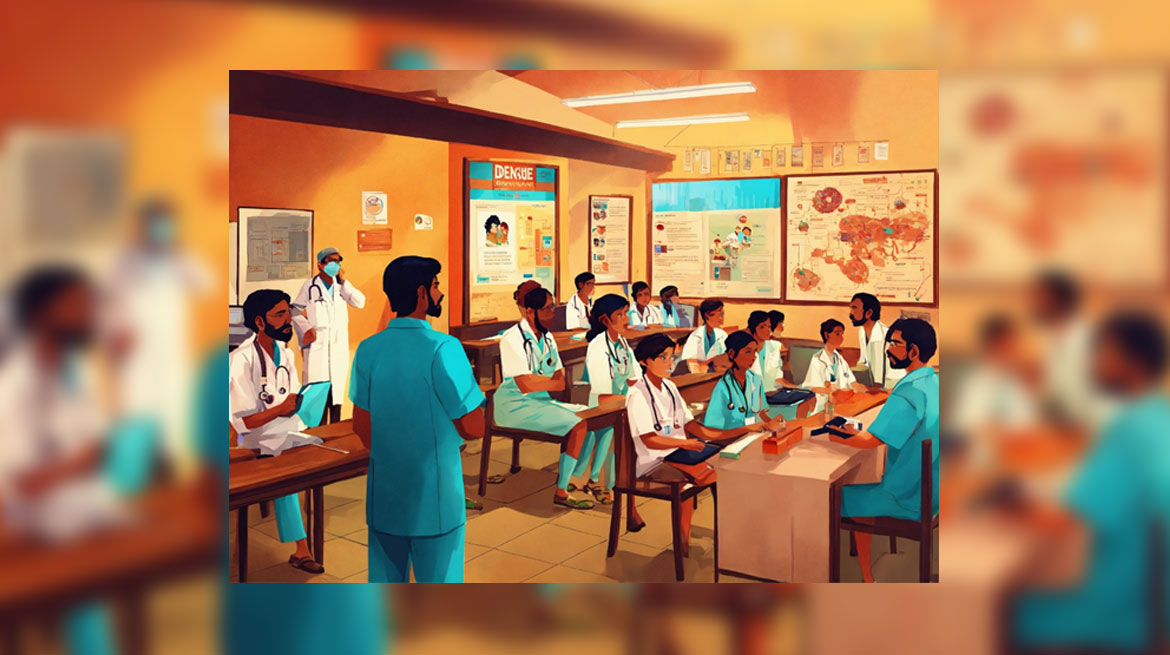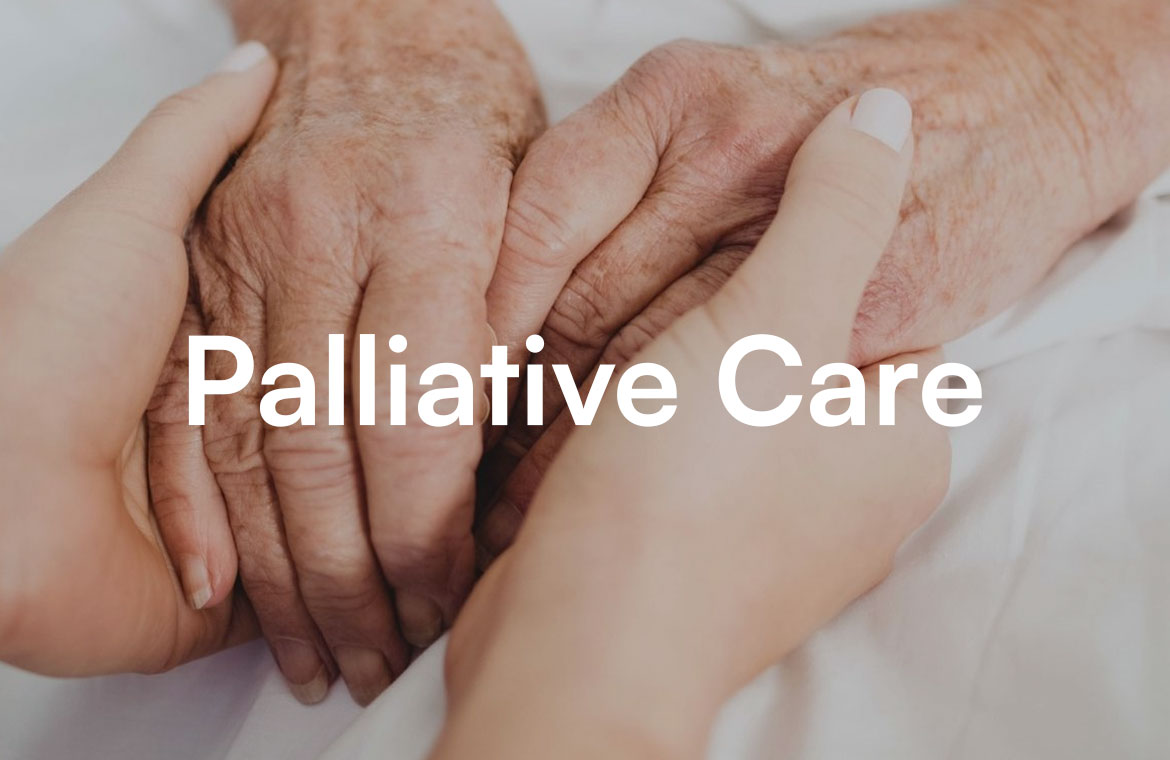- Subject Definition:The subject of Community Medicine (also called Preventive & Social Medicine, Social & Preventive Medicine, and Public Health) is not one subject. On the other hand, it consists of the two different subjects:
- Preventive Medicine (or Disease Prevention) and
- Health Administration (or Health Management)
- Preventive Medicine:This consists of the following three branches:
- Prevention of Communicable Diseases
- Prevention of Non-Communicable Diseases
- Prevention of Diseases of Unknown Etiology
-
- Communicable Diseases:These are diseases caused by agents such as bacteria, viruses, fungi, helminths, and prions (and other agents described by the Microbiologist).
- Non-Communicable Diseases:These are diseases caused by any other known agent other than the above (e.g.) physical agents, chemical agents, radiation, social causes, and mental causes (and maybe spiritual causes as well).
- Diseases of Unknown Etiology:These are those which do not fall into any of the above two groups (e.g.) certain cancers.
- Health Administration: This consists of the following branches:
- Health Statistics:This pertains to measurement of disease occurrence such as number of cases, places where these diseases occur and the timings of these diseases. Also, which are the people who are affected and their characteristics such as age, etc. This is sometimes called “Epidemiology”. However, the latter refers to only finding out the etiologic causes of a disease. Limit your discussions to simple numbers, percentages, and bar graphs since “there never was, and never will be, a Normal Distribution” (reference in my next Blog).
- Health Economics:This covers aspects of Economics which are relevant to Health Care
- Health Accounting:This covers aspects of Accountancy as applied to Health Care such as knowledge of cash registers, basics of costing & maintenance of balance sheet.
While ‘A’ will help our friends who / to become District Health Officers (and above), ‘B’ and ‘C’ will help those who / to become Medical Superintendents (I know at least one MD Community Medicine person who became Medical Superintendent of a very large hospital in India. In that College, a Lecturer in OBGYN referred to MD Community people as “you are our rulers”).
- Health Informatics:This includes knowledge of Computers and Information channels.
- Health Psychology:This includes understanding of Psychologic principles and crowd control.
- Health Administration: This consists of the following branches:
- Subject Teaching and Assessment:At the present time, both Preventive Medicine and Health Administration are taught together. In some places, they have separated them. But who bothers? In India (and elsewhere), we are the only discipline who are fortunate to avail of the “buy one, get one free” concept i.e. for the price of one, we can study two subjects.
- A. Undergraduate Level:At MBBS level, the Community Medicine paper can consist of two parts:
- Section A and Section B
- Section A:
- This is devoted to Preventive Medicine only.
- Only topics relevant to their practice as future doctors (and that too very basic) to be covered (e.g. sterilization of cotton and instruments, disinfection of clothes – both domestic and hospital, filtration of hospital water supply). Regarding vaccination, you need to apply your mind: it is a well-known fact that vaccines cause morbidity and mortality. They say “only one death in one million”. But what if that one child is your own? Better to teach about use of Immunoglobulins (such as for Rabies, Tetanus, Gas Gangrene, and other ones).
- Fifty marks allotted to this Section.
- All questions to be told by the Teacher to the students along with answer key.
- All questions to be answered correctly by the student.
- Student will pass only if he / she / it gets full marks in this section.
- Section B:
- This is devoted to Health Administration only.
- Teach them about National Health Programmes (and touch on International Health organizations also). Little about Sub Centre, Primary Health Centre, Community Health Centre / Rural Hospital and District Hospital / Civil Hospital.
- Fifty marks allotted to this Section. Do not bother if they score zero in this section. When they start working, they will remember everything and go back to their textbooks.
- All questions to be told by the Teacher to the students along with answer key.
- Section A:
- Section A and Section B
- B. Post Graduate Level:At MD level, they need to be examined in following two subjects:
- Preventive Medicine
- There is only one Practical examination that they need to pass: the Epidemic Investigation. The aim of Epidemic Investigation is “to find out the source of the cause of the disease”.
- Two Theory papers for Preventive Medicine: one for Communicable Diseases and the other for Non-Communicable Diseases and Diseases of Unknown Etiology.
- Each Paper having Section A covering “need to know” and Section B covering “nice to know”. Section A questions to be told to students by Teacher along with answer key. Section B to cover areas in small print.
- Fifty marks each allotted to Sections A & B. Student will pass only if they score fifty marks in Section A.
- Health Administration
- There is only one practical examination that they need to pass: the solution of a Health Management problem (e.g. strike in a hospital, handling of biowarfare attack, making a Health Policy).
- Only one Theory paper for Health Administration.
- Paper having Section A covering “need to know” and Section B covering “nice to know”. Section A questions to be told to students by Teacher along with answer key. Section B to cover areas in small print.
- Fifty marks each allotted to Sections A & B. Student will pass only if they score fifty marks in Section A.
- Preventive Medicine
- A. Undergraduate Level:At MBBS level, the Community Medicine paper can consist of two parts:
- Subject Practice:MD (Community Medicine) graduates can practice:
- Preventive Medicine i.e. attend to persons who are interested in knowing how to avoid getting diseased.
- Health Administration i.e. become District Health Officers (and higher) or Medical Superintendents.
Community Medicine: Its teaching, assessment and thoughts on practice





Spot on with this write-up, I seriously believe that
this website needs far more attention. I’ll probably be returning to read through
more, thanks for the information!